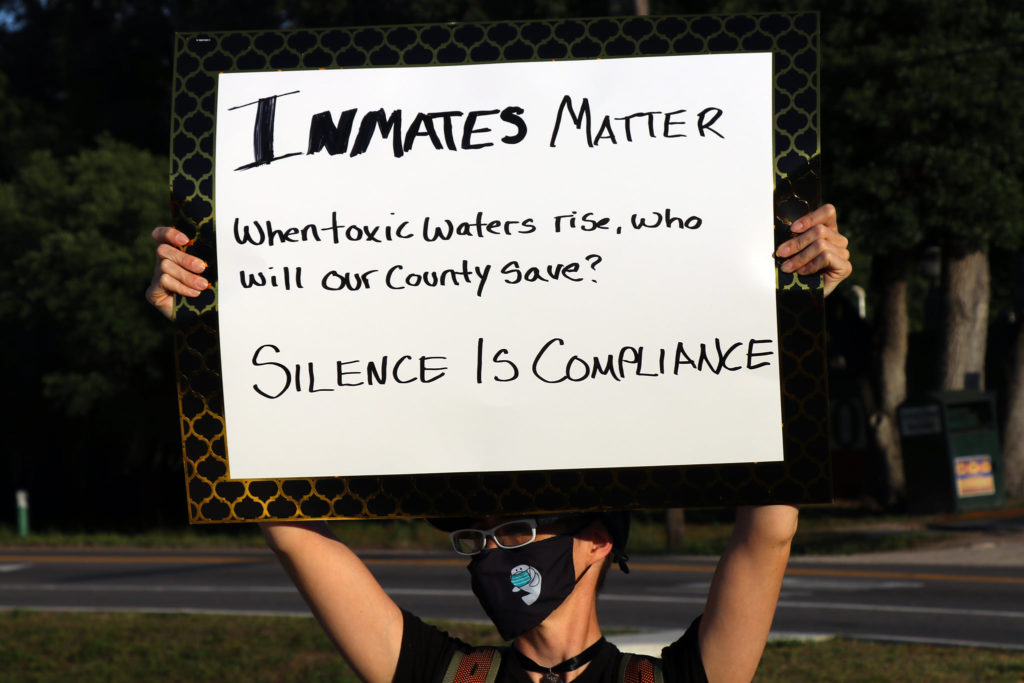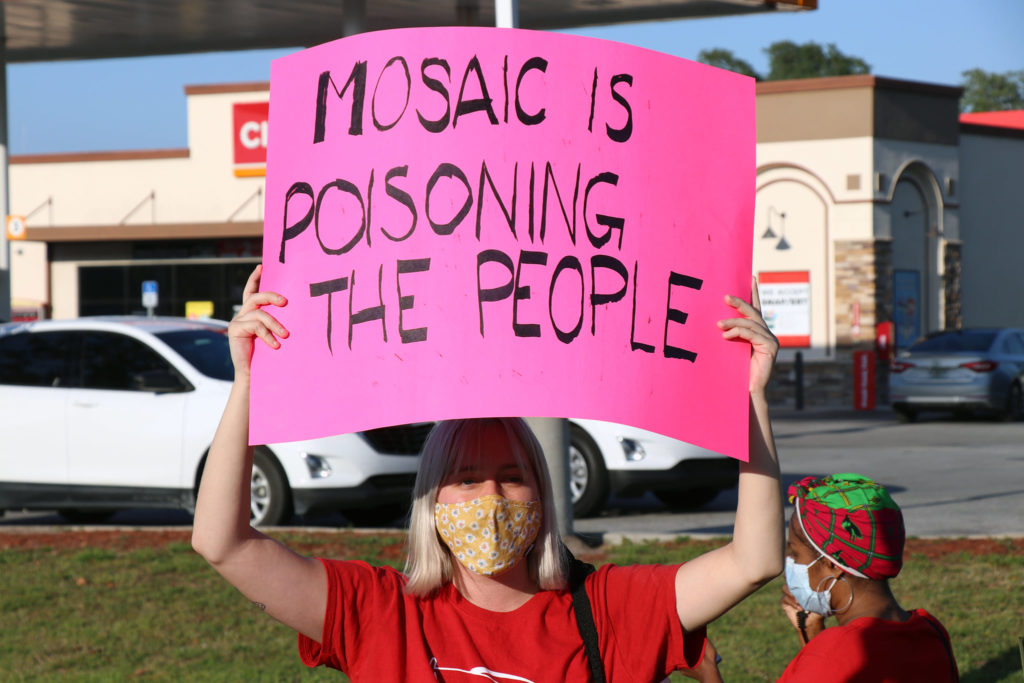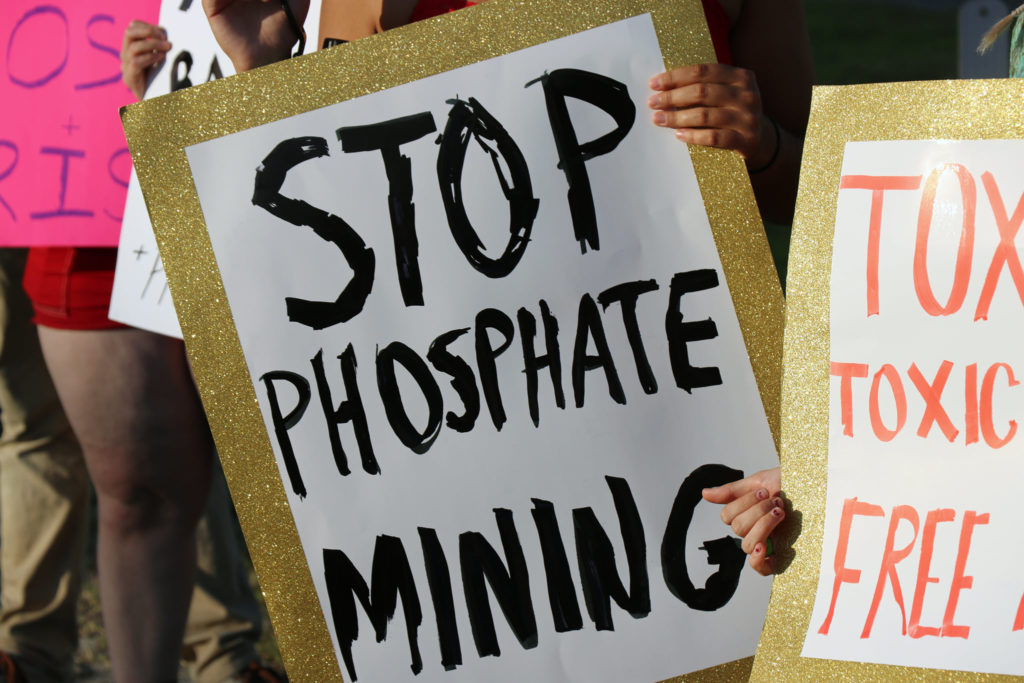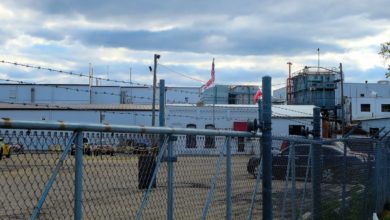On April 6, activists in Manatee County gathered at the intersection of Moccasin Wallow Road and US 41 to demand the evacuation of Manatee County Jail during the Piney Point environmental disaster. While millions of tons of toxic waste water threatened to flood the area, fewer than 300 of the jail’s 1,063 inmates were evacuated to safety.

“I feel like the Sheriff and DOC’s decision to not make evacuation efforts for the more than 1,000 inmates is an outrage. I have someone very important to me inside Manatee County Jail and it is tearing me apart worrying what is happening there. I just couldn’t believe it when I read that all residents in the area were being evacuated for their safety. So, they don’t consider these inmates to be residents? Or do they just not consider them worthy of safety?” asked Jordynn Roo, whose fiancé is in the jail.
“I believe the Department of Corrections isn’t evacuating the rest of them because it will cost them more money. The inmates are still on the lower level floor on lockdown except for one hour a day. It is causing my son and other inmates high anxiety. I can’t imagine how scared they are and what they’re going through right now. My son has been an inmate pending trial due to the COVID,” said Angel Previte.
Two hours before the protest, officials lifted the evacuation order for the area. The activists — members of the Party for Socialism and Liberation, The Leaders Rights Organization, the Florida Rights Restoration Coalition and American Civil Liberties Union — made new signs to protest both mass incarceration and the phosphate mining industry. Signs read: “Toxic system. Toxic environment. Free the people,” “No Mosaic. Ban phosphate mining and protect incarcerated people,” and “End mass incarceration. End phosphate mining now.”

On April 3, the Center for Biological Diversity released a statement highlighting the dangers of the phosphate industry and calling for federal action.
“This environmental disaster is made worse by the fact it was entirely foreseeable and preventable,” said Jaclyn Lopez, Florida director at the Center for Biological Diversity. “With 24 more phosphogypsum stacks storing more than 1 billion tons of this dangerous, radioactive waste in Florida, the EPA needs to step in right now. Federal officials need to clean up this mess the fertilizer industry has dumped on Florida communities and immediately halt further phosphogypsum production.”
“It should be a surprise to no one that the phosphogypsum stacks at the former Piney Point phosphate plant are in danger of collapsing and causing a catastrophic environmental and economic disaster,” said Glenn Compton, chairman of ManaSota-88, Inc. “Florida’s phosphate mining industry is an industry of cradle-to-grave pollution. The cradle is phosphate mining, and the grave is the radioactive phosphogypsum waste dumped into gyp stacks.”

Although the threat of the gypsum stack’s imminent collapse has been averted, county and federal authorities continue to pump tens of millions of tons of the polluted water into Tampa Bay, which environmental groups say could cause another red tide bloom.






